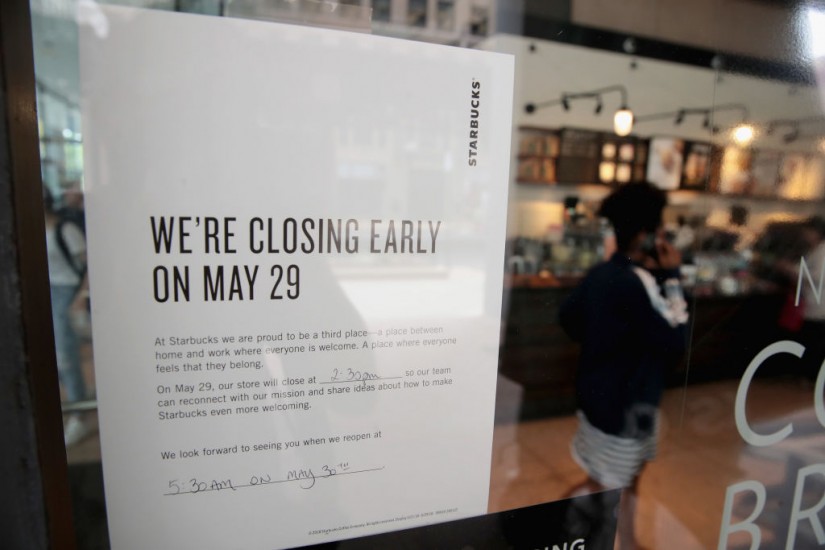When Starbucks closes 8,000 stores nationwide on Tuesday, the coffee chain’s employees will receive a day of anti-bias training. Though this is just one day — and, as many have argued, a single day seems insufficient to deal with racial bias that is inculcated in the American psyche — the event exposes a complicated but important factor at play in centuries of American history.
The Starbucks move comes in response to an incident that took place last month at a Philadelphia store, in which two black male entrepreneurs who were waiting for a business partner to arrive were arrested after the manager called police because the men had not made a purchase. They were charged with deliberate trespassing and held in custody for hours but were released when the district attorney, amid public pressure, announced he would not pursue charges.
Since then, there has been a surge in media reports of similar incidents in which white people have called the police on blacks — and, in one instance, two American Indian brothers — merely for their presence in public spaces.
Implicit in these incidents of black bodies — which have been inscribed by history to be read as inferior and even criminal — “trespassing” in perceived “white spaces” are the legacies of de jure and de facto segregation, in which race and geography collide. The response given by police when a white female graduate student at Yale University called law enforcement on a black female graduate student who was napping in a common room was telling: an officer who demanded that the second student show them her university ID explained that “we need to make sure that you belong here.”
The question of who belongs where is a central component of the history of racism, and many scholars have theorized that this collision of race and space helps to codify the constructs of difference and the Other. For example, in her book Demonic Grounds: Black Women and the Cartographies of Struggle, Katherine McKittick demonstrates the intersections of geography and race stating, “Black Matters are spatial matters.” Her work challenges the notion that geography is apolitical.
